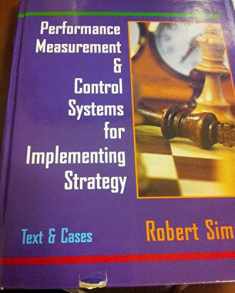
Financial Accounting Theory (8th Edition)
Book details
Summary
Description
This new edition continues to include considerable coverage of accounting standards oriented to 2018 IASB standards as well as major U.S. accounting standards. While the text discussion concentrates on relating standards to the theoretical framework of the book, the coverage provides students with exposure to the contents of the standards themselves.
Despite its theoretical orientation, Financial Accounting Theory, 8/e does not ignore the institutional structure of financial accounting and standard-setting. It features considerable coverage and critical evaluation of financial accounting standards and regulations, such as fair value accounting, financial instruments, reserve recognition accounting, management discussion and analysis, employee stock options, impairment tests, hedge accounting, derecognition, consolidation, and comprehensive income. The structure of standard-setting bodies is also described, and the role of structure in helping to engineer the consent necessary for a successful standard is evaluated.


We would LOVE it if you could help us and other readers by reviewing the book
Book review





